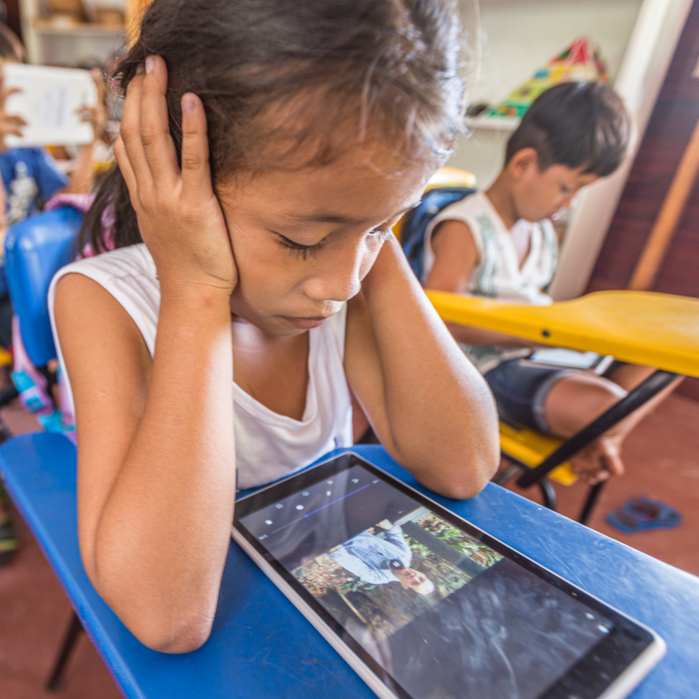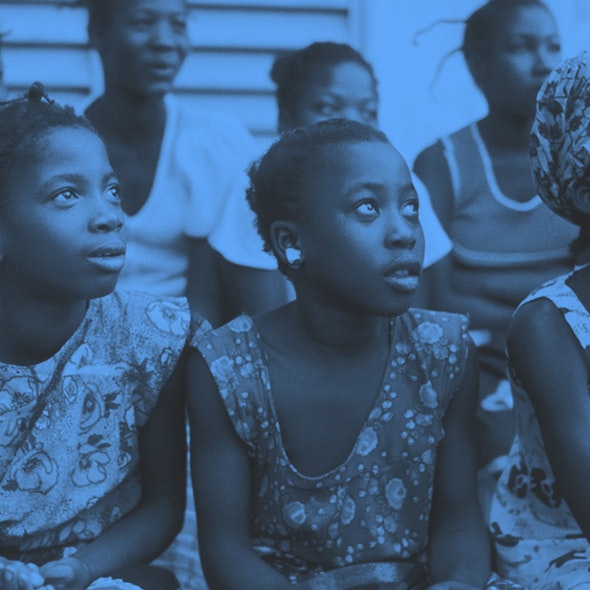World Inequality Database on Education
The World Inequality Database on Education (WIDE) highlights the powerful influence of circumstances, such as wealth, gender, ethnicity and location, over which people have little control but which play an important role in shaping their opportunities for education and life. It draws attention to unacceptable levels of education inequality across countries and between groups within countries, with the aim of helping to inform policy design and public debate.

The World Inequality Database on Education (WIDE) brings together data from Demographic and Health Surveys (DHS), Multiple Indicator Cluster Surveys (MICS), other national household surveys and learning assessments from over 160 countries.
Explore 26 different indicators on Education
Explore over 170 countries
Explore 26 different indicators on Education
Explore over 170 countries
It allows you to compare education outcomes on 3 levels: between countries, between groups within countries, and between overlapping disparities, according to factors that are associated with inequality, including gender, location, wealth, and ethnicity.
Key statistics
of 19-year-olds
are still in primary school in Haiti due to late enrolment
of children
living in rural areas in low-income countries transition to lower secondary education compared to 91% of those in urban areas
Learn moreof the poorest
poorest in sub-Saharan Africa complete lower secondary school compared to 70% of the richest
Learn moreWe use cookies to better understand what information is useful for our users, and to enhance future versions of the report.
No personal information is collected.
No personal information is collected.



